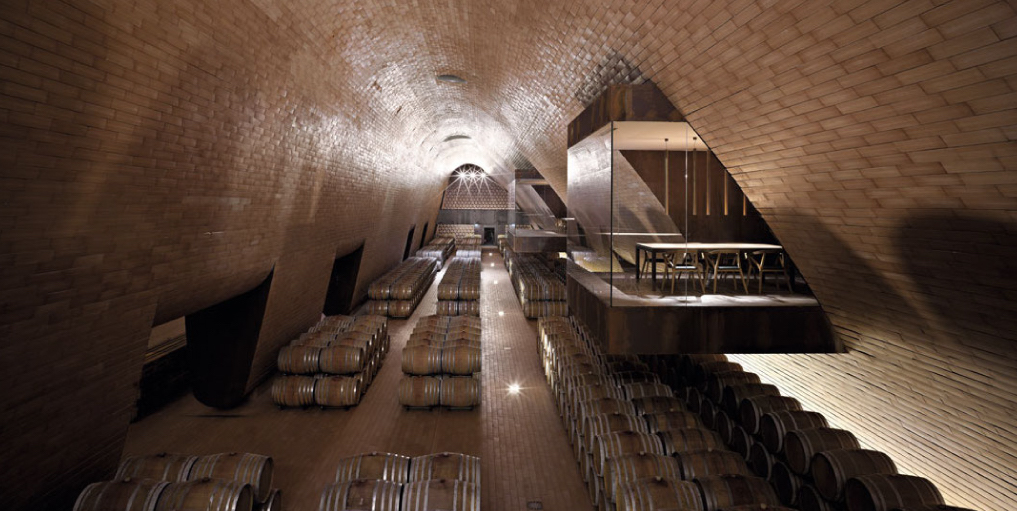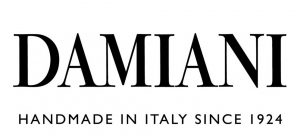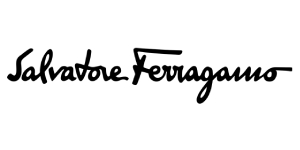Investing in wine is one of the secondary assets a good investor can choose to diversify their portfolio. According to the Knight Frank Luxury Index, these assets have grown in value by a remarkable 147% over the last ten years, with estimated average returns of 10.46% per year over the previous three years. This sector is obviously risk-free, but we are talking about very low risks and a stable investment that gives average returns of precisely 10% per year. Specifically, long-term investment in wine can offer an annual return of over 8%, with relatively low returns in the early years and becoming more consistent over time.

There are several good reasons to start investing in fine wine. First, we are not talking about a financial product but a tangible asset intended for consumption. Its value is dictated by a particular market and is not linked to the volatility of the financial markets. We should note that the performance of investing in fine wines has withstood every recession since 1929, and during the darkest periods, prices have remained stable or even increased. So it seems that investing in fine wines means diversifying one’s capital and protecting oneself from crisis.

Demand is growing worldwide, but production remains very small and virtually unchanged. And this is explained by the fact that if a vineyard produces 1000 bottles of extremely high-quality wine in one year and it is appreciated, it receives high marks from critics, and its demand goes up. The following year, however, it cannot expect to produce 10,000 while maintaining the same quality. The issue to be addressed is finding suitable investments, protecting them, conserving them and possibly re-investing them. In principle, only major vintages of critically acclaimed premium wines, which can be stored by renowned and renowned producers, qualify for investment. Therefore, less than 0.1% of world production qualifies as investment wine. This is a sector in which many professionals operate and in which one must rely on experts; DIY is often harmful. One can buy ‘fake’ bottles or bottles that are not stored properly. Bottles of great wines can, in fact, last even around 50 years.

During those years, the wine ages to mature, refines and its value increases. This makes it an excellent long-term investment but does not exclude the possibility of creating a balanced strategy between long-term and short-term bottles. There are iconic wines that have acquired incredible value over the years, also thanks to a great possibility of refinement and evolution. In addition to these attractive profit prospects, investing in wine is not taxed, which is one of the advantages of this type of investment.

You do not pay tax on profits and do not pay VAT and excise on purchases if you take advantage of storage in tax warehouses. This tax advantage also provides security in terms of wine preservation and maturation. On the other hand, buying a fine wine and storing it incorrectly is tantamount to ruining your investment. Like all wines, even (and especially these) require proper storage, with a constant temperature of 14° C, controlled humidity of around 60/70%, the absence of vibrations and other precautions. Even a spoiled label becomes a problem in the future resale of the bottle. And this is why tax warehouses specialising precisely in the storage of fine wines have sprung up. All is good so far! But there are also risks in this type of investment. One of the main ones is security: the fine wine market is not regulated like traditional finance, so the risk relies on market operators who are not serious and competent. With the consequence of buying a counterfeit bottle or a wine that is not investment grade (and therefore challenging to resell). Participation in auctions (both physical and online) is another source of displeasure for many people. A very high percentage of counterfeit products tend to circulate and be unwittingly sold in these circuits.

The best thing to do is to buy bottles of these great wines directly from the producers or other sources that can guarantee a safe product, such as tax warehouses. Another possible downside of this type of investment is the risk of illiquidity, i.e. if you happen to need to sell at the wrong time and in a hurry, the risk is to lose. Liquidating a 100K portfolio can take up to 6-8 months to do things right and carefully. So having weighed up the pros and cons of this type of investment, the best thing to do if you decide to trade is to rely on one of the operators on the market, who know how to advise, evaluate and guarantee the authenticity of purchases. Not always do those who invest do so to resell; often, they are passionate collectors, but even in this case, specialised operators help and support the search for the most prestigious, en primeur and profitable wines.

Investing in wine presupposes a vast knowledge of wine and wine trading. Historically, investing in wine was the prerogative of collectors and professional wine merchants. Thanks to these companies (eg. RareWine, Oeno Group…), it is possible to access this type of investment by being guided in everything from purchase to storage.

Article edit by Nadia Toppino
Food, Wine & Hospitality Journalist
assetsINVESTMENTLuxury InvestmentPortfolioStock MarketWINE



















